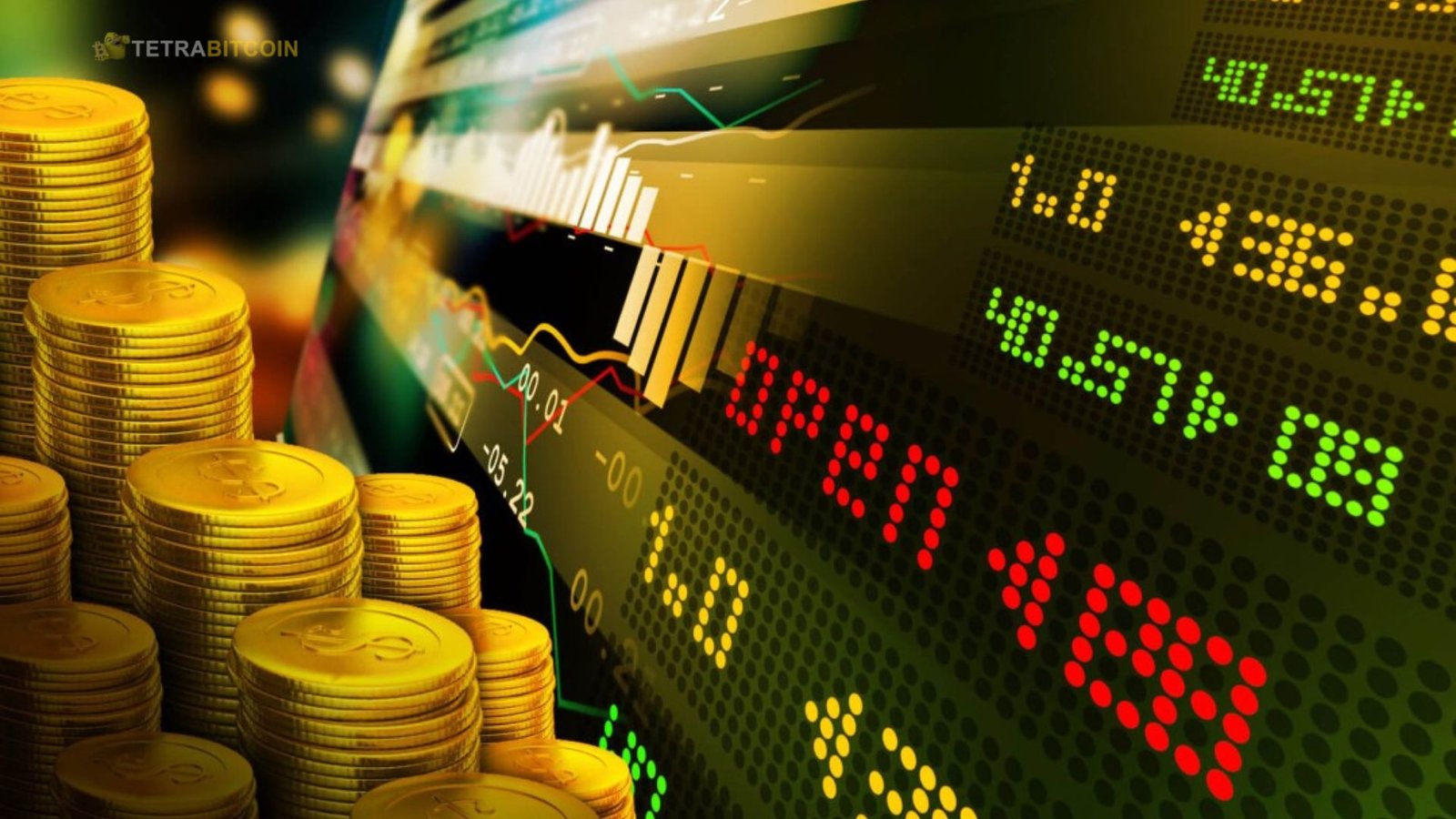Knowing what causes currency swings is essential in the foreign exchange trading industry. Regarding foreign exchange Forex trading, fundamental analysis is a potent tool for assessing the elements impacting currency prices and making educated trading decisions. No matter where you are in your trading career, this all-inclusive guide will teach you the fundamentals of fundamental analysis and how to use them to your advantage in the foreign exchange market.
Fundamental analysis is the backbone of foreign exchange trading, establishing a currency’s worth. This study considers various social, political, and economic variables. When analyzing currency swings, fundamental analysts look at the bigger picture rather than only at price patterns and past data, as in technical analysis.
The Importance of Fundamental Analysis in Forex Trading
For several reasons, it is vital to have a solid understanding of the relevance of fundamental analysis in foreign exchange trading:
- Market Forecasting: The release of economic data and political events provides opportunities for traders to use fundamental research to predict future market moves.
- Long-Term Trends: Fundamental analysis is more appropriate for determining market direction and trends over the long term, in contrast to technical analysis, which is more commonly employed for short-term trading.
- Risk Management: The ability to manage risk and make well-informed judgments depends on traders’ familiarity with the fundamental elements influencing currency prices.
Critical Components of Forex Trading Fundamental Analysis
Before successfully implementing fundamental analysis in forex trading, you need to get familiar with the significant components of fundamental analysis. Here is what you should be concentrating on:
Economic Indicators
The state of an economy may be evaluated through economic indicators, which are statistical measurements. Vital signs to keep an eye on include the following:
- Gross Domestic Product (GDP): Gross domestic product measures the monetary worth of a nation’s output of goods and services. A more robust economy, as seen by a growing GDP, may cause the value of a currency to rise.
- Unemployment Rate: A nation’s economic well-being may be gleaned from its unemployment rate. When the unemployment rate is low, consumers tend to spend more money, which is good for the economy and the currency.
- Inflation Rates: The Consumer Price Index (CPI) and similar indices measure inflation. The value of a currency is affected by interest rates, which are a direct result of inflation.
Central Bank Pol
Central banks significantly contribute to the foreign exchange market through monetary policies. The following are essential factors to take into consideration:
Interest Rate Decisions
A currency’s value is greatly affected by the interest rate decisions made by the central bank. A rise usually strengthens the currency by drawing in more investment from the outside. Still, a fall can cause it to lose value, which affects the tactics used by traders and the overall direction of the forex market.
Forward Guidance
When central banks announce their plans for future monetary policy, this is known as forward guidance. It aids in shaping market expectations and impacts traders’ actions by revealing central banks’ projected interest rate adjustments, allowing them to foresee possible currency fluctuations.
Political Events
The value of a currency may be significantly affected by political events like elections, shifts in policy, and geopolitical conflicts. Traders must keep themselves apprised of pertinent political events since currencies strengthen during stability and experience volatility during times of uncertainty or conflict.
Elections and Government Policies
Elections and government policy greatly influence economic stability and currency strength. Leadership changes have the potential to bring forth new economic policies, which in turn can affect market sentiment and investor confidence. To foresee changes in currency values and modify trading tactics appropriately, traders need to monitor these changes.
Geopolitical Risks
Market volatility may be significantly heightened by geopolitical concerns such as wars, trade disputes, and diplomatic tensions. Uncertainty, brought on by these occurrences, can impact investor mood and currency prices. Traders must be alert and consider how geopolitical events affect their trading tactics.
Tools and Resources for Fundamental Analysis
When you use the appropriate tools, you may considerably improve the quality of your fundamental analysis for forex trading. These are some of the most critical resources:
Economic Calendars
It is essential to have economic calendars to keep track of forthcoming data releases and events that can potentially affect currency markets. Maintaining vigilance on these calendars enables traders to better plan for the market’s reactions.
Financial News Platforms
Constantly keeping up with credible financial news sources is of the utmost importance. The timely news and insights provided by websites like Bloomberg, Reuters, and Forex Factory can affect your trading decisions.
Analyst Reports
A significant number of financial institutions and market experts generate reports that provide a summary of critical economic measures and projections. These reports can provide you with helpful background and assist you in comprehending the sentiment of the market.
Strategies for Implementing Fundamental Analysis
You should now investigate how to properly utilize fundamental analysis in forex trading now that you better understand the components that make up this type of study. Here are several other approaches:
Stay Informed
For effective forex trading, staying informed is essential. If you want to be abreast of what’s happening in the market, read economic reports, financial news, and market assessments regularly. Traders may use this information to their advantage by making intelligent judgments and adjusting their tactics in real time.
Combine Analysis Techniques
A more effective trader is the result of combining analysis approaches. While using technical analysis to find entry and exit points, fundamental analysis is used to understand the market’s trajectory and the economy. This integrated methodology gives a thorough insight into helping traders make better strategic decisions.
Focus on Major Currency Pairs
There is more liquidity and volatility when traders concentrate on extensive currency pairings, such as the EUR/USD and the USD/JPY. Fundamental research and trading strategy insights are frequently better provided by these pairings because they react to global economic events reliably.
Implement Risk Management Strategies
To be successful in trading forex, you must use risk management measures. To safeguard your money, employ strategies such as establishing stop-loss orders, diversifying your portfolio, and deciding on position sizes. Minimizing losses and maximizing long-term profitability in unpredictable markets may be achieved through effective risk management.
Common Mistakes in Forex Trading Fundamental Analysis
Even though fundamental analysis is a valuable instrument, traders frequently make errors that can result in financial losses. It would be best if you steered clear of the following typical pitfalls:
Overlooking Context
Misguided trading decisions might result from failing to consider context while analyzing economic data. To make educated assessments that faithfully portray the possible implications of currency movements, it is crucial to think about the bigger picture of the economy, including trends and associated data.
Reacting Impulsively to News
Emotional decision-making and expensive forex trading blunders might result from reacting hastily to the news. Instead of making hasty decisions based on short-term market reactions, traders should study news releases thoroughly, considering long-term patterns.
Neglecting Technical Analysis
Their efficacy may be limited if a trader doesn’t use technical analysis. It is recommended to combine fundamental analysis with technical indicators to create a more all-encompassing trading strategy that can adjust to market and economic trends. This combination helps to identify the best times to enter and exit the market.
Conclusion
Any trader serious about making it in the highly competitive foreign exchange market must have a firm grasp of fundamental research. Making profitable trading decisions requires knowledge of economic data, monetary policy, and political events.
Remember that learning and adapting are crucial when you begin your trading adventure. Make good use of what you have, implement sound methods, and keep yourself apprised of market news and trends. Mastering the intricacies of the foreign exchange market and reaching your trading objectives requires experience and determination.
[sp_easyaccordion id=”2930″]

